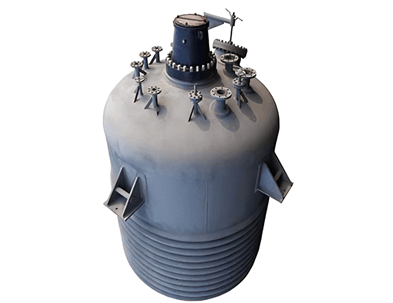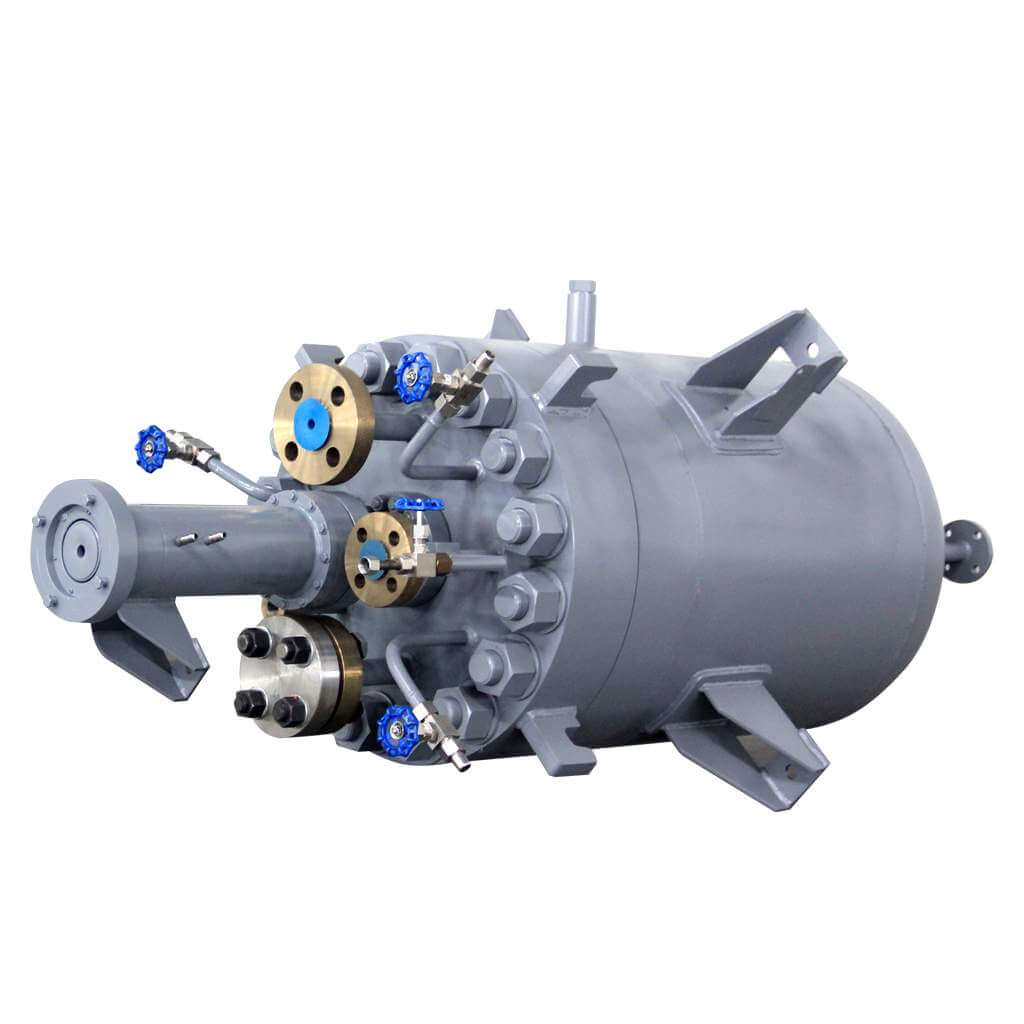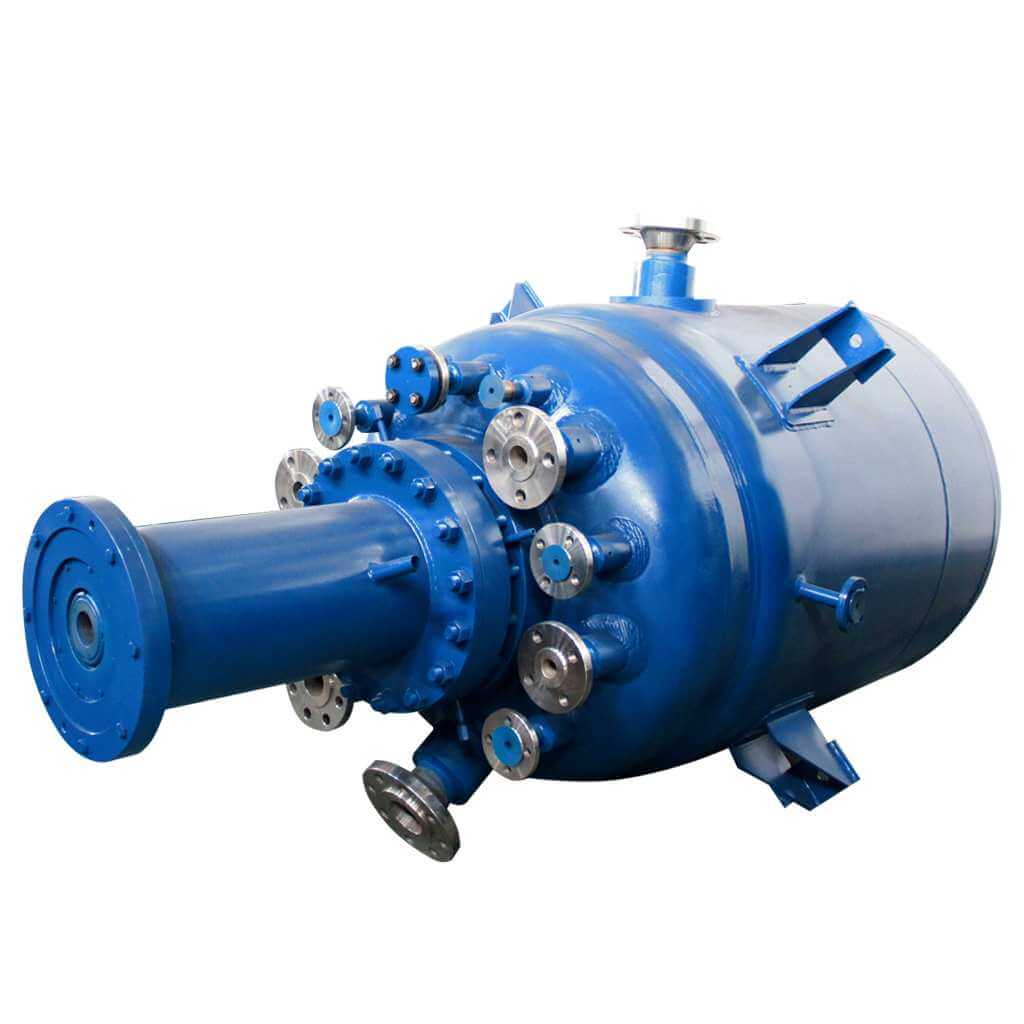

Hydrogenation Reactor
Hydrogenation Reactor:used in chemical synthesis, pharmaceutical manufacturing, food processing, and other fields.
Material
stainless steel (316, 304), carbon steel, others
Capacity (L)
10-10000+
Mixing system
anchor, paddle, frame and others
Heating system
electric heating, oil heating and others
Hydrogenation reactors are widely used in various catalytic reaction speeds, high-pressure and high-temperature generation, hydrogenation reactions, vapor-liquid two-phase, liquid-liquid two-phase, chemical reactions, corrosion detection, precision processing, supercritical extraction, and other applications. Mainly distributed in petrochemical equipment, organic chemistry, pharmaceutical industry, polymer synthesis, metallurgical industry, and other industries. At the same time, it has the characteristics of heat resistance, corrosion resistance, and high production capacity.
Request a quoteThe hydrogenation reactor allows the reactants to react in an artificially simulated high-temperature and high-pressure environment to achieve the purpose of scientific research experiments. It has the characteristics of easy operation, safety, reliability, and smooth operation. It is one of the equipment used by scientific research departments to conduct research experiments. Hydrogenation is one of the more important reactions in chemical synthesis, but the danger of hydrogen limits its use. The hydrogenation reactor is heated by an oil bath, and the cylinder is not in direct contact with the thermal oil to ensure the authenticity of the experiment. Adopting an integrated structure, the cauldron body automatically lifts and lowers when the cauldron lid is fixed. It is user-friendly and can be opened with one twist. The independent mechanical button automatically separates the cauldron body and cauldron lid with one click.

Characteristics of the hydrogenation reactor
1. Miniature: can be used in any standard laboratory with ventilation;
2. Safety: Hydrogen is generated by the electrolysis of water inside the system. It is hydrogenated without a gas cylinder. There is no need for an external hydrogen cylinder. In-situ electrolysis of water produces high-purity hydrogen. Integrated highly sensitive gas alarm probe. Overpressure, overtemperature alarm, and automatic pressure relief. Misoperation protection. Power outage and gas outage processing. High-stability electrical control. Configurable high-pressure hydrogen generator;
3. Scalability: Multiple hydrogenation reactors can be customized for linkage experiments according to user needs, significantly improving the speed of scientific research experiments;
4. Convenience: Touch screen control, easier to get started and easy to use;
5. System safety: The RUNGYU hydrogenation reactor system is equipped with overpressure, over-temperature, misoperation protection, and other safety designs. Multi-level, multi-faceted, interconnected security protection measures can be implemented through system hardware, PLC, and PC, fully considering the design concept of personal and property safety protection for scientific researchers/laboratories.

Application fields of the hydrogenation reactor
1. Can be widely used in the petrochemical industry, chemical engineering, scientific research and teaching, and other fields. The hydrogenation reactor has extremely wide operating conditions and is highly versatile;
2. Measurement of some conventional parameters that can be used in catalyst research and improvement: reaction temperature, reaction pressure, and feed flow rate can test the role of the catalyst in the hydrogenation reaction;
3. Can be used for rough selection, selection, and activity testing of catalysts to test the validity period of the catalyst.
Important accessories for hydrogenation reactor
A crucial accessory of the hydrogenation reactor is the loop flange. The looper flange mainly uses flanges, steel rings, etc. to set the flange on the pipe end, and the flange can also move on the pipe end. The steel ring or flange is the sealing surface, and the function of the looper flange is to press them tightly. Because it is blocked by the steel ring or flange, the loop flange on the hydrogenation reactor cannot be in contact with the medium. Because the flange is movable and is not directly connected to the pipeline, it is called a loop flange. There is also another saying called a loose flange.
It is generally used on hydrogenation reactors for assembly flexibility. For example, when connecting to a welded pipe, it is difficult to align the bolt holes if the connecting flanges on both sides are fixed. If a loop flange is used, even if the flange of the pipe to be connected is not straight, it can be assembled using accessories by adjusting it. It can reduce the cost of hydrogenation reactor manufacturers to a certain extent, so it is very important to understand the use of accessories.
The hydrogenation reactor is designed with a gas-feeding unit, a liquid-feeding unit, a reaction unit, and a collection unit. The raw material gas and the raw material liquid are mixed and preheated in a certain proportion and then enter the hydrogenation reactor. The raw material gas is metered with the mass flow controller, and the raw material liquid is metered through the metering pump. The hydrogenation reactor is heated by a three-stage electric heating furnace. After the reaction product comes out of the reaction unit, the gas and liquid are separated first. The liquid material enters the liquid storage tank, and the tail gas is filtered and emptied or connected to an online analyzer.




